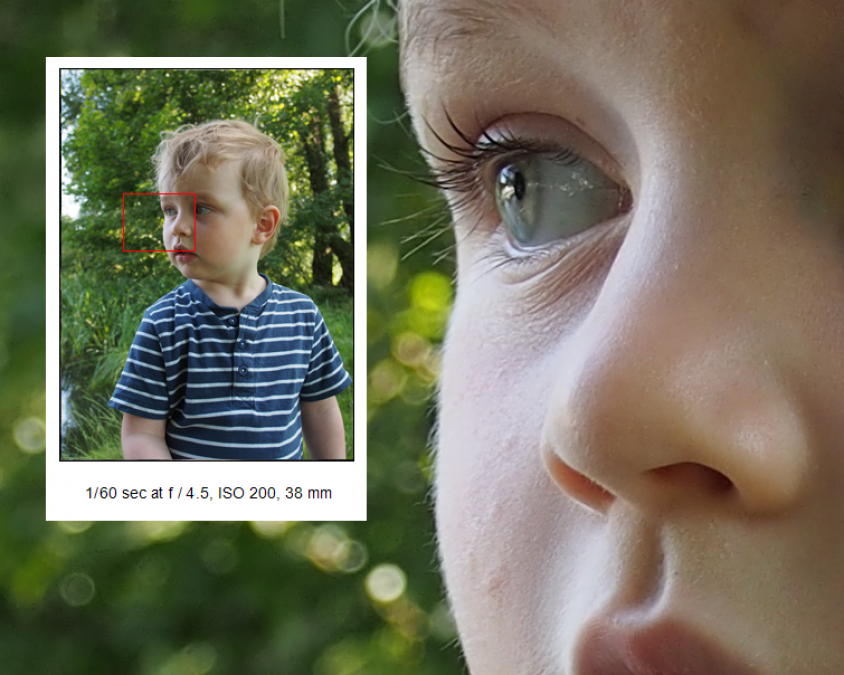Olympus OM-D EM-5 review
One of the best compact system cameras to date, but there are some weaker areas that we'd struggle to accept at this price
Specifications
17.3x13mm 16.0-megapixel sensor, 4.2x zoom (24-100mm equivalent), 636g
The E-M5 sailed through our image quality tests. There’s something subtly brilliant about the colour processing in Olympus’s PEN cameras, and the E-M5 was no different, giving JPEGs a rich, almost radiant glow. Details were extremely crisp but we did spot some evidence of noise reduction smoothing over subtle textures, even in brightly lit shots. The lack of in-camera chromatic aberration removal is disappointing, especially as Panasonic’s Micro Four Thirds cameras routinely employ it, but there was rarely any sign of chromatic aberrations from the kit lens anyhow.

Details are razor sharp, and we love Olympus’s ability to capture lush, vibrant colours without making skin tones look overcooked – click to enlarge

This photo is reasonably detailed but it looks to us like noise reduction has glossed over the foliage a little – click to enlarge
Noise levels at fast ISO speeds weren’t as low as from the Sony NEX-7, which uses a bigger APS-C sensor, but they were significantly lower than from the Olympus Pen E-PL3 and Panasonic Lumix DMC-GX1. This is without doubt the best Micro Four Thirds camera to date for image quality.

It doesn’t break records for noise levels, but reasonably clean skin tones from a Micro Four Thirds sensor at ISO 1600 is a fine achievement – click to enlarge
We can’t remember the last time a camera has been so eagerly anticipated, so we feel like killjoys for reporting that we’re a little disappointed by the E-M5. There’s a lot that we love about it, but we found it a little awkward to use. Not everyone is as picky, and we can see why it’s picking up awards left, right and centre. The Sony NEX-7 has its own strengths and weaknesses but it remains our favourite premium CSC.
Basic Specifications | |
|---|---|
| Rating | **** |
| CCD effective megapixels | 16.0 megapixels |
| CCD size | 17.3x13mm |
| Viewfinder | electronic (1,440,000 pixels) |
| Viewfinder magnification, coverage | 1.15x, 100% |
| LCD screen size | 3.0in |
| LCD screen resolution | 610,000 pixels |
| Articulated screen | Yes |
| Live view | Yes |
| Optical zoom | 4.2x |
| Zoom 35mm equivalent | 24-100mm |
| Image stabilisation | optical, sensor shift |
| Maximum image resolution | 4,608×3,456 |
| File formats | JPEG, RAW; QuickTime (AVC), AVI (M-JPEG) |
Physical | |
| Memory slot | SDXC |
| Mermory supplied | none |
| Battery type | Li-ion |
| Battery Life (tested) | 330 shots |
| Connectivity | USB, AV, micro HDMI |
| Body material | magnesium alloy |
| Lens mount | Micro Four Thirds |
| Focal length multiplier | 2.0x |
| Kit lens model name | M.ZUIKO DIGITAL ED 12-50mm 1:3.5-6.3 EZ |
| Accessories | USB and AV cables |
| Weight | 636g |
| Size | 90x122x131mm |
Buying Information | |
| Warranty | one year RTB |
| Price | £1,149 |
| Supplier | http://www.jessops.com |
| Details | www.olympus.co.uk |
Camera Controls | |
| Exposure modes | program, shutter priority, aperture priority, manual |
| Shutter speed | 60 to 1/4,000 seconds |
| Aperture range | f/3.5-22 (wide), f/6.3-22 (tele) |
| ISO range (at full resolution) | 200 to 25600 |
| Exposure compensation | +/-3 EV |
| White balance | auto, 7 presets with fine tuning, 2 manual, Kelvin |
| Additional image controls | contrast, saturation, sharpness, graduation, noise reduction, colour space, shading compensation |
| Manual focus | Yes |
| Closest macro focus | 20cm |
| Auto-focus modes | multi, flexible spot, face detect |
| Metering modes | multi, centre-weighted, centre, face detect |
| Flash | auto, forced, suppressed, slow synchro, rear curtain, red-eye reduction |
| Drive modes | single, continuous, self-timer, AE bracket, WB bracket, ISO bracket, multiple exposure |

